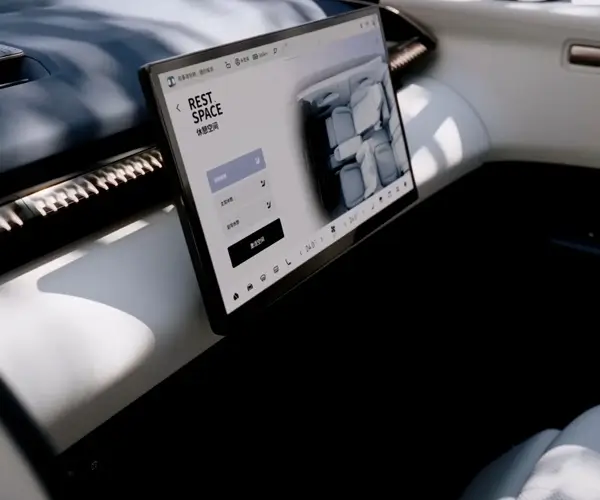Microservices software architecture has quickly become the backbone of modern application development. But what exactly makes it so special, and why is it driving the change we see in how businesses approach technology today?

Imagine this: your application used to be a big, tangled web of interconnected code. Every time you needed to update or fix something, you had to dive into the entire system. This could take hours, days, or even weeks. But with microservices, the approach is different. Instead of one big monolithic system, your application breaks down into smaller, independent services that can be updated and scaled individually.
Think about it like running a restaurant. If you were to change one dish, in a traditional setup, you’d have to overhaul the entire menu and possibly close the restaurant for a few days. But with microservices? Each dish is its own recipe. You can tweak the seasoning or update the ingredients without disrupting the entire kitchen. That’s the power of microservices.
One key benefit is scalability. Let’s say you’re running an e-commerce platform, and during a holiday sale, traffic spikes. With a monolithic architecture, you might have to scale up your entire system just to handle a few overloaded features. But with microservices, you can scale just the payment processing service or the inventory service, without affecting other parts of the platform. You’re saving time, money, and resources, all while keeping the user experience smooth.
Now, let’s talk about resilience. Microservices architecture helps you avoid the dreaded "single point of failure." If one service fails, the rest of the application keeps running. It’s like having a backup plan in place that doesn’t require you to shut everything down and start over.
But don’t get me wrong—microservices aren’t without challenges. It takes a shift in mindset. It’s not just about dividing the work into smaller pieces; it’s about designing each piece to function autonomously and interact seamlessly with the others. The complexity of managing multiple services can initially seem daunting, but the benefits far outweigh the challenges. The best part? Your team is empowered to innovate at speed, without waiting for that one big, risky deployment window.
At the end of the day, the shift to microservices is more than just a technical upgrade—it’s a strategy to keep your business nimble. The flexibility it offers means you’re always one step ahead of competitors who may still be stuck with outdated, monolithic systems. With microservices, you’re not just building applications; you’re future-proofing your business.
Established in 2005, Kpower has been dedicated to a professional compact motion unit manufacturer, headquartered in Dongguan, Guangdong Province, China. Leveraging innovations in modular drive technology, Kpower integrates high-performance motors, precision reducers, and multi-protocol control systems to provide efficient and customized smart drive system solutions. Kpower has delivered professional drive system solutions to over 500 enterprise clients globally with products covering various fields such as Smart Home Systems, Automatic Electronics, Robotics, Precision Agriculture, Drones, and Industrial Automation.




































